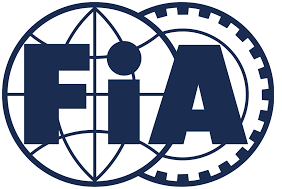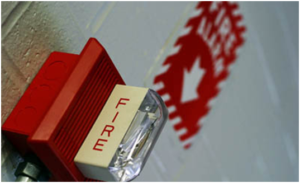Ever since the invention of the motorcar by Karl Benz, which someone promptly drove into a wall, human beings realized that one of the best things to do with it would be to race them. While the primary aim was to get you from A to B, some people thought that with a few tweaks it might be more fun to have several people racing around and around as fast as possible instead.

The very first one was held in 1906 and rather than the high octane affair that we have now over a few hours at an average of one hundred and forty-five miles per hour this one had thirty-two cars and a course that was 65 miles long. It took two days to finish it and the average speed of 63 miles per hour was scary in the cars of that era. As a result, hardly any of them finished.
F1 begins to develop.
By the 1950s things had moved on and there was a proper program of races over the course of the year and at several locations around the world. The first and the inaugural race was at Silverstone in England and this is still the home of the British Grand Prix to this day. Like the cars, the track has changed an enormous amount. Back then the car’s engine was in the front of the machine and the brakes were a simple drum design not that much different from a regular road car making for a dangerous combination. Couple this with the fast straights and there were serious worries. Tracks have come and gone, for example, the popular but dangerous Watkins Glen in the USA became defunct and the Circuit of the Americas has replaced it.

The framework is put in place.
With a structure in place and a governing body to oversee it, the sport began to grow and the audience for it also grew. Manufacturers and Privateers soon begin to build cars to advertise their road versions and or their services. There is nothing quite like being a race and if you like to experience that then a trip to joining the F1 Paddock Club United States side at the Circuit come to be you if you visit https://edgeglobalevents.com/f1-paddock-club/f1-paddock-club-united-states














